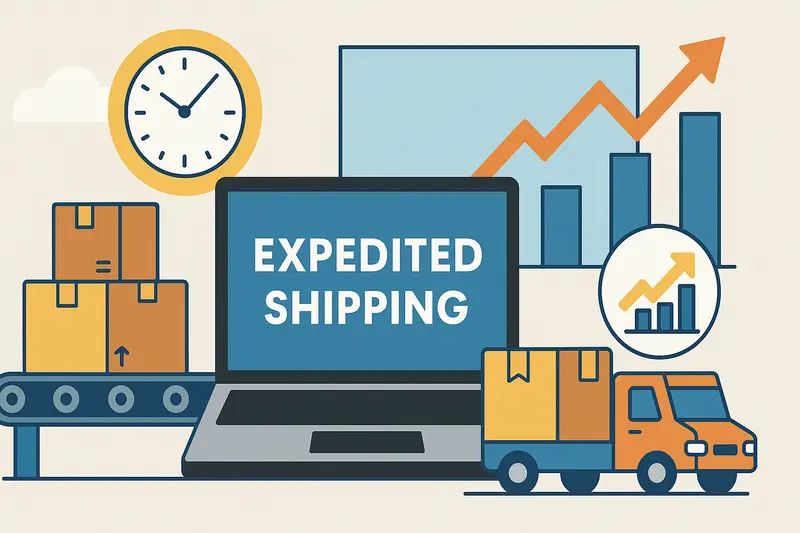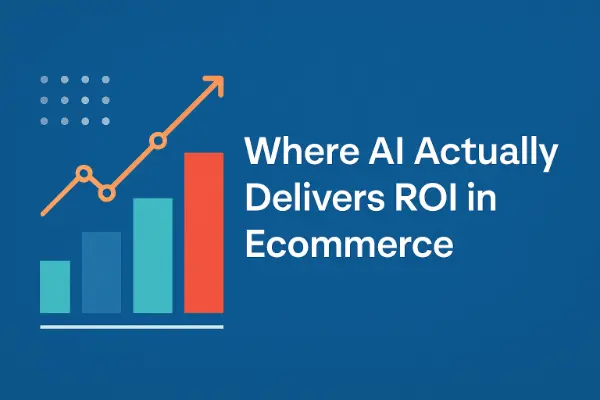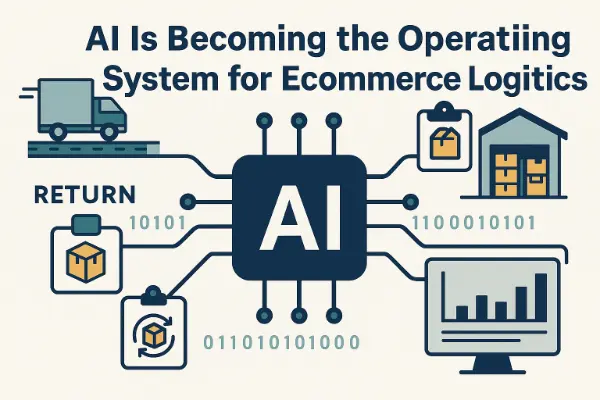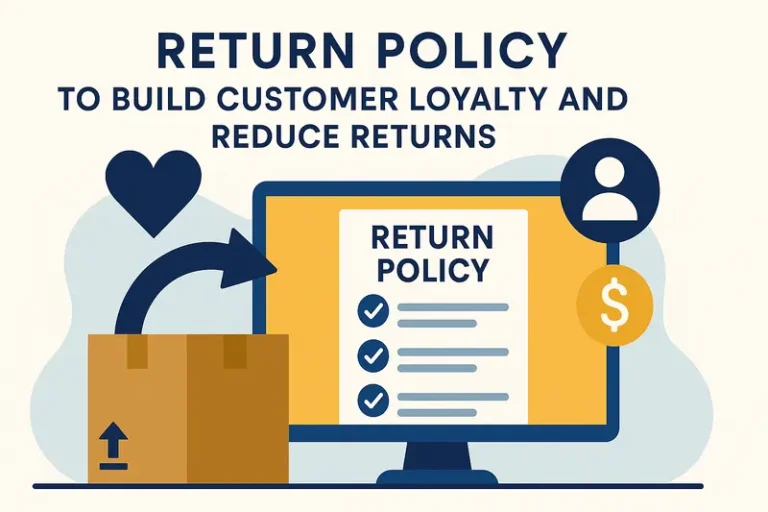Expedited Shipping in 2025: What Businesses Need to Know

Last updated on October 14, 2025

In this article
 4 minutes
4 minutes
- What Types of Expedited Shipping Services Are Available?
- How Macroeconomic Trends Are Shaping Expedited Shipping
- Which Expedited Options Work Best for U.S. and International Shipping?
- How Technology is Advancing Expedited Shipping
- Managing the Costs of Expedited Shipping
- The Future of Expedited Shipping
- Final Takeaway: Winning the War, Not the Battle
Expedited shipping has evolved far beyond simply paying a premium to move packages faster. In today’s economy, speed is just one dimension—intelligence, technology, and network design are now the real drivers of success. With tariffs, geopolitical tensions, and shifting consumer expectations reshaping global commerce, businesses must rethink how they approach expedited shipping to protect margins and maintain customer satisfaction.
What Types of Expedited Shipping Services Are Available?
Traditionally, “expedited” meant air freight—paying more for faster delivery. That definition is outdated. Today, expedited shipping options include:
- Ground-based expedited delivery through regional carriers, which can often deliver two days faster than national carriers while covering 70% of the U.S. population.
- Air shipping, still used for urgent or long-distance shipments, though costly and carbon-intensive (six times more emissions than ground).
- Multi-warehouse distribution, where inventory is strategically placed closer to customers to shorten transit times.
- Cross-border expedited solutions, often using Delivered Duty Paid (DDP) services and digital customs documentation to prevent delays in clearance.
In short, expedited shipping is no longer just a service level—it’s a strategic supply chain design.
Slash Your Fulfillment Costs by Up to 30%
Cut shipping expenses by 30% and boost profit with Cahoot's AI-optimized fulfillment services and modern tech —no overheads and no humans required!
I'm Interested in Saving Time and MoneyHow Macroeconomic Trends Are Shaping Expedited Shipping
The ripple effects of tariffs, regulatory changes, and geopolitical tensions are reshaping shipping strategies.
- Tariffs are forcing brands to nearshore or onshore inventory instead of relying on just-in-time shipments from Asia. Models like shipping directly from China under the de minimis exemption have been dismantled, making them economically unfeasible.
- Geopolitical risks and congestion at ports create unpredictable delays, making distributed fulfillment and buffer stock more important than ever.
- Customs clearance has become a major bottleneck; shipments that once “sailed through” are now slowed by greater scrutiny, paperwork, and misclassification risks.
Expedited today doesn’t mean paying extra to skip the line; it means building resilient networks that anticipate bottlenecks before they happen.
Which Expedited Options Work Best for U.S. and International Shipping?
The right expedited strategy depends on destination:
- Domestic U.S. Shipping:
Success comes from a three-part formula—multi-warehouse distribution, regional + national carrier mix, and AI-driven routing. Orders must be dynamically assigned based on location, time, and carrier reliability, not just cost. - International Shipping:
Delivered Duty Paid (DDP) is critical. Without it, shipments may reach the destination country in days but sit in customs for weeks until duties are paid. Accurate digital paperwork and proper classification speed clearance. Partnerships also matter—global carriers like DHL offer smoother handoffs to local networks, while USPS depends on third-party agreements that may vary in efficiency.
Looking for a New 3PL? Start with this Free RFP Template
Cut weeks off your selection process. Avoid pitfalls. Get the only 3PL RFP checklist built for ecommerce brands, absolutely free.
Get My Free 3PL RFPHow Technology is Advancing Expedited Shipping
Technology has redefined expedited shipping in several ways:
- AI-driven routing and predictive labeling: Software can override carrier-promised dates by using real-world performance data to choose the fastest, most reliable carrier.
- Dynamic inventory placement: Algorithms analyze demand patterns, seasonality, and geography to place inventory closer to customers before orders arrive.
- Digital customs: Eliminating paper documents accelerates cross-border processing.
- Peer-to-peer fulfillment networks: Platforms like Cahoot leverage unused warehouse space across brands to create Amazon-like speed without massive capital investment.
Managing the Costs of Expedited Shipping
Expedited shipping will always be more expensive, but businesses can manage costs by:
- Strategically distributing inventory closer to customers to minimize long-zone shipping.
- Using AI to route orders based on actual carrier performance, avoiding missed delivery promises.
- Negotiating carrier contracts with both regional and national carriers for flexibility.
- Reducing air reliance, instead using smart ground optimization to cut costs and emissions.
- Consolidating cross-border shipments through hubs for better customs efficiency.
The cheapest way to go fast is often to already be there.
ShipStation vs. Cahoot: 21x Faster, Real Results
Get the inside scoop on how a leading merchant switched from ShipStation to Cahoot—and what happened next. See it to believe it!
See the 21x DifferenceThe Future of Expedited Shipping
Currently, expedited shipping represents about 10% of parcel volume but more than 20% of parcel spend. Looking ahead, several trends will shape the market:
- Regional fulfillment growth: Expedited will rely less on air and more on distributed ground networks.
- Sustainability pressure: Companies will shift away from carbon-intensive options toward smarter ground-based networks.
- Peer-to-peer fulfillment models: Shared warehouse capacity will allow smaller brands to achieve Amazon-level speed without massive infrastructure.
- AI and automation: Routing, labeling, and predictive delivery windows will increasingly be powered by AI instead of static carrier estimates.
In the near future, speed won’t be a premium—it will be the baseline.
Final Takeaway: Winning the War, Not the Battle
Many businesses still optimize for single cost levers—like choosing the cheapest port or focusing only on container costs. This often leads to higher expenses elsewhere, such as long cross-country parcel deliveries. Expedited shipping in 2025 requires a total cost of logistics mindset, where success is measured not just by speed but by efficiency, customer satisfaction, and sustainability.

Turn Returns Into New Revenue





